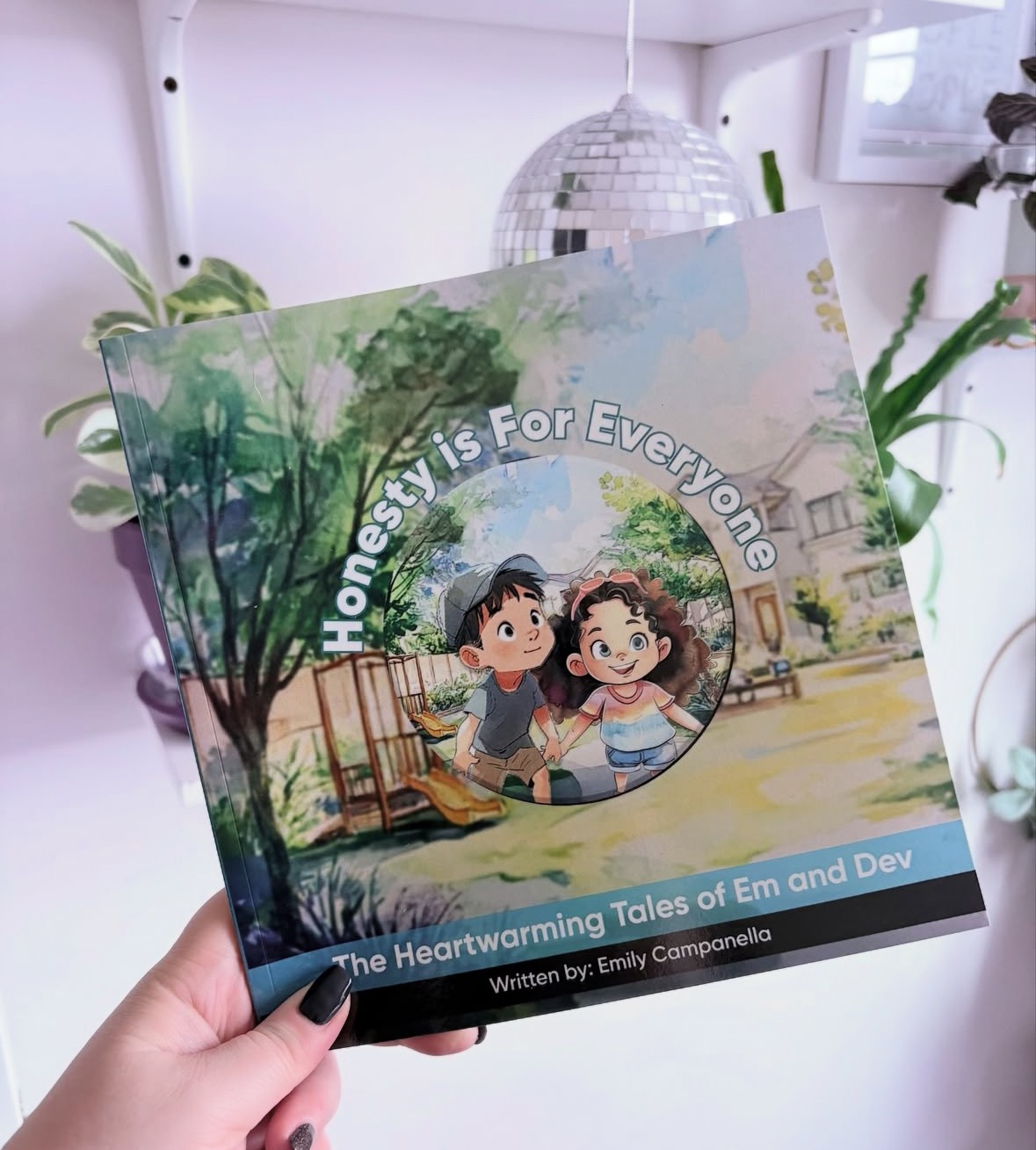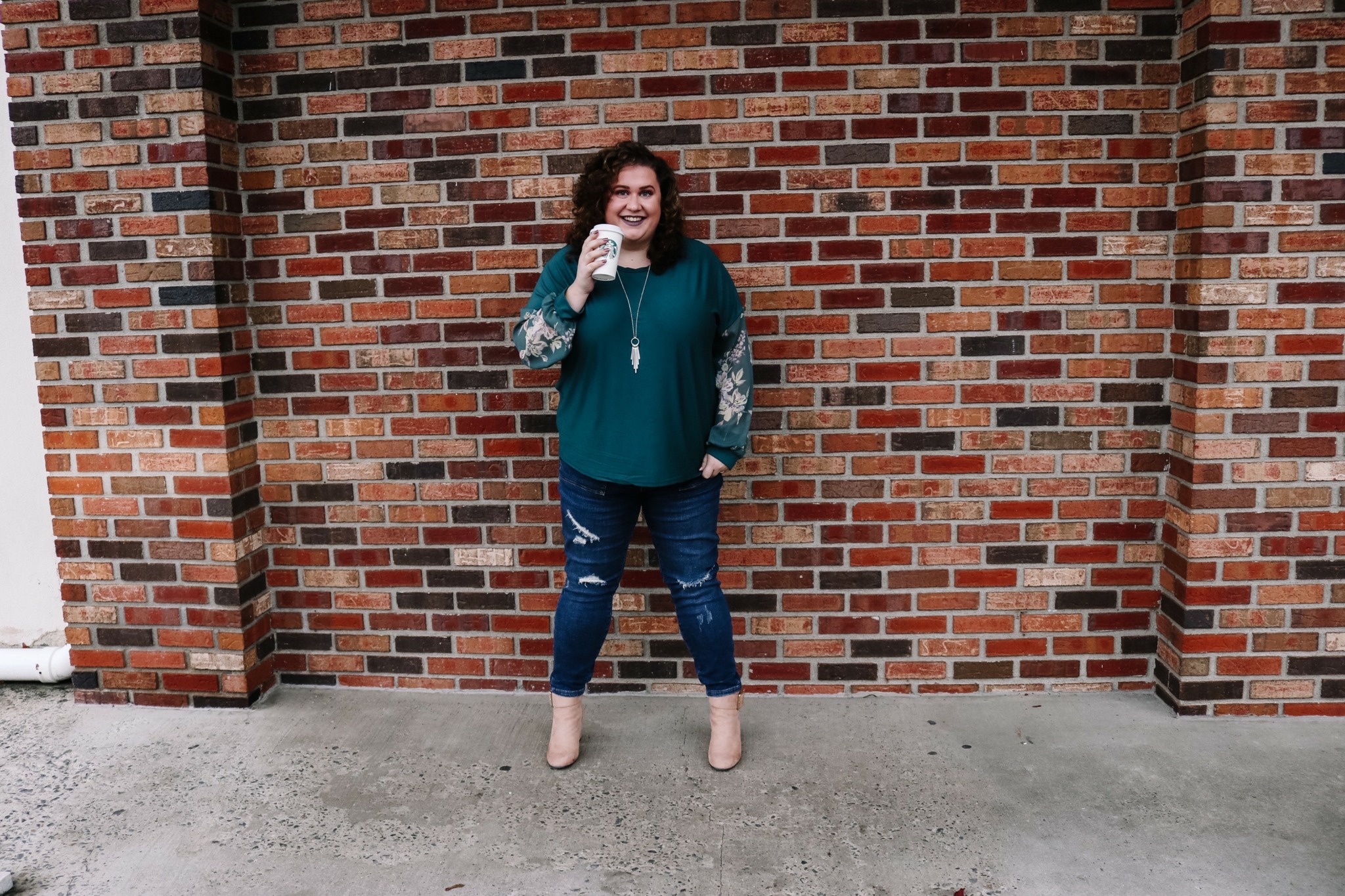We were lucky to catch up with Emily Campanella recently and have shared our conversation below.
Emily, thanks for taking the time to share your stories with us today Has your work ever been misunderstood or mischaracterized?
Yes, one of the most common misconceptions I’ve faced as a therapist is the assumption that my job is to tell people how to live their lives. People will sometimes say things like, “You must give such great advice,” or “I could use someone to tell me what to do,” and while I understand where that comes from, it misses the heart of the work.
Therapy isn’t about giving advice or having all the answers — it’s about holding space for people to explore their own thoughts and feelings, and helping them reconnect with their inner sense of direction. So much of what I do is reflecting back what I hear, helping people slow down, notice what’s really going on inside, and feel safe enough to be honest with themselves. It’s not directive; it’s collaborative and deeply human.
That misunderstanding has actually taught me a lot. It’s reminded me that there’s still a need to demystify what therapy is — and that even gentle correction can be an opportunity to model what it looks like to listen, clarify, and stay curious. Which, in a way, is the work itself.

Emily, love having you share your insights with us. Before we ask you more questions, maybe you can take a moment to introduce yourself to our readers who might have missed our earlier conversations?
I’m a licensed therapist and children’s book author, and at the heart of both of those roles is a deep belief in the power of emotional honesty, curiosity, and connection.
I became a therapist because I’ve always been drawn to the parts of life that aren’t easy to talk about — grief, uncertainty, identity, relationships. I felt early on that being able to sit with someone in those vulnerable spaces was a privilege, and I wanted to build a career around it. Over time, I realized that therapy isn’t about having all the answers — it was about creating a space where they could slow down, reflect, feel seen, and learn to trust themselves. That approach is still the foundation of how I work with clients today.
Alongside my therapy practice, I also write children’s books. That work grew out of noticing how often children — and the adults who love them — struggle to find words for big feelings. Storytelling felt like a natural extension of my clinical work: it gives kids a safe, imaginative space to process complicated emotions while building emotional literacy and empathy. My books are designed to open up conversations, soothe confusion, and help children feel less alone in what they’re experiencing.
What sets me apart is that I move between the clinical and creative worlds with intention. I bring my knowledge as a therapist into my writing, and my creativity and playfulness into my clinical work. Whether I’m in session with a client or writing a story for a child, my goal is the same: to create space for people to feel understood, supported, and empowered.
I’m most proud of the moments when someone says, “I’ve never thought of it that way before,” or “I didn’t know I was allowed to feel that.” That’s when I know the work is resonating — whether it’s through a conversation in session or the pages of a book.
If there’s one thing I’d want people to know about me and my work, it’s that I hold space without judgment. I’m not here to tell people who they should be — I’m here to help them get clearer on who they already are, and support them in navigating life’s challenges with more compassion, insight, and self-trust.

What’s the most rewarding aspect of being a creative in your experience?
For me, the most rewarding part of being a creative is watching something that started as a quiet idea in my head turn into something that resonates with others—especially when it helps them feel seen. Whether it’s a child connecting with a character in one of my books, or a parent telling me the story opened up a meaningful conversation at home, those moments remind me why I do this.
There’s also something deeply healing about the creative process itself. As a therapist, I spend a lot of time holding space for others. Writing and creating gives me a space to process, reflect, and translate emotions into something tangible and useful. It’s where I get to weave together insight, imagination, and care—and the fact that it can have real impact in people’s lives is incredibly fulfilling.

Do you think there is something that non-creatives might struggle to understand about your journey as a creative? Maybe you can shed some light?
Something I don’t think people always see is how personal the creative process really is. Every book I write, every idea I explore—it comes from somewhere tender. Even if the story is for children, there’s usually a deeper emotional truth underneath that I had to work through myself first. That’s what makes creating so rewarding, but also so vulnerable. You’re not just making something—you’re revealing a part of yourself and hoping it lands with someone.
What I’ve learned is that the magic happens when you keep showing up anyway—despite the fear, the doubt, the pressure to make it “perfect.” Creativity is brave. It asks you to believe in something before there’s any evidence that it matters to anyone else. And that’s not easy.
So if someone’s reading this and thinks, “I’m not creative,” I’d gently challenge that. You don’t have to be a writer or an artist to live creatively. You just have to be willing to listen to yourself, take risks, and make space for what’s meaningful to you. That’s the real work. And honestly, it’s some of the most healing and empowering work we can do.
Contact Info:
- Website: https://msha.ke/emcampanella
- Instagram: https://www.instagram.com/theupsidewith_em/
- Facebook: https://www.facebook.com/emilycamppp




